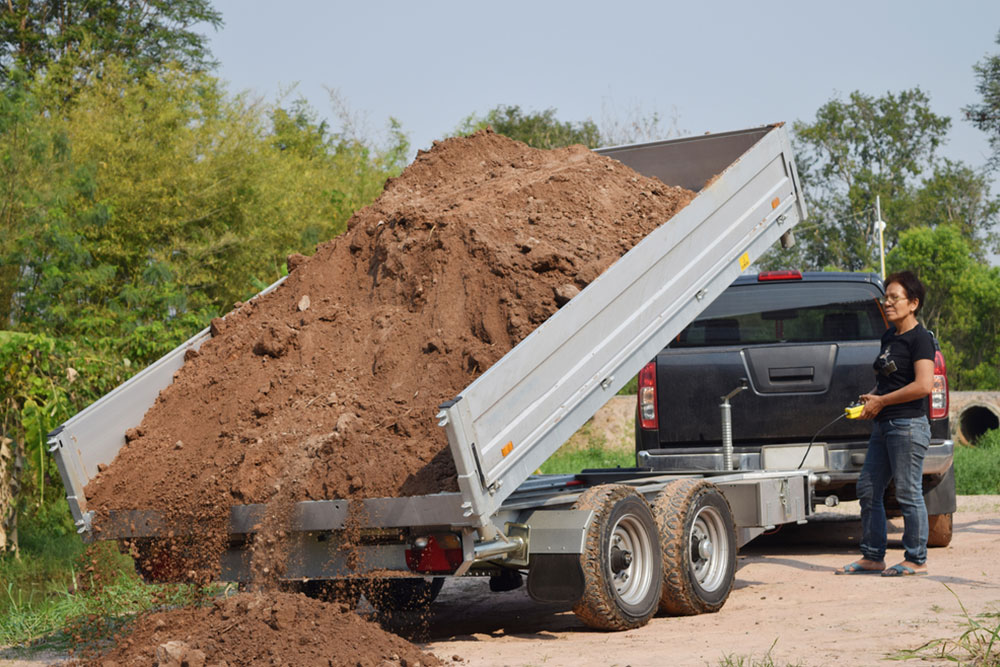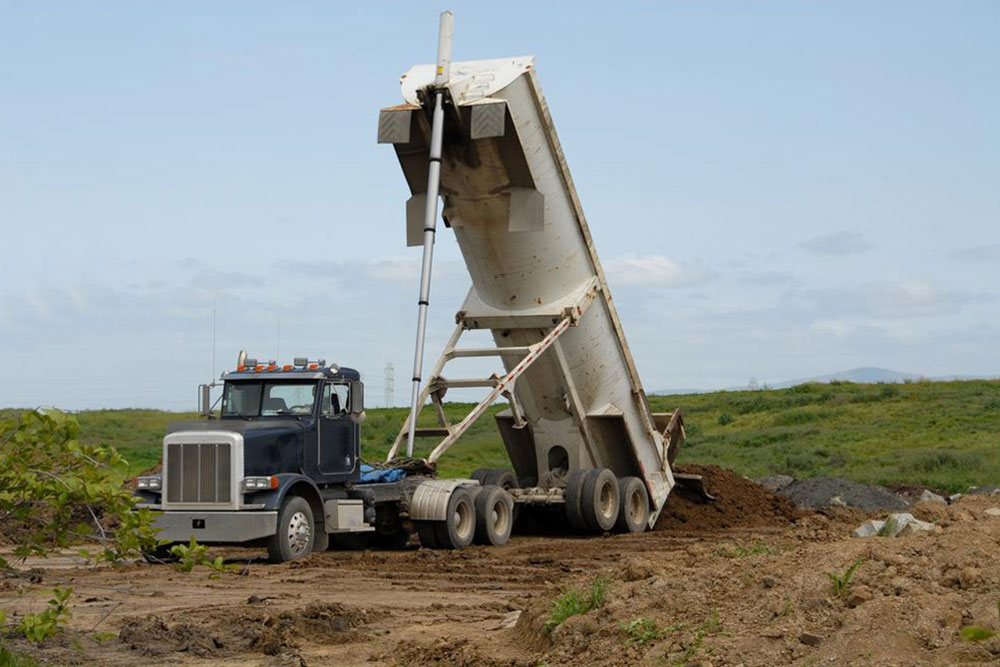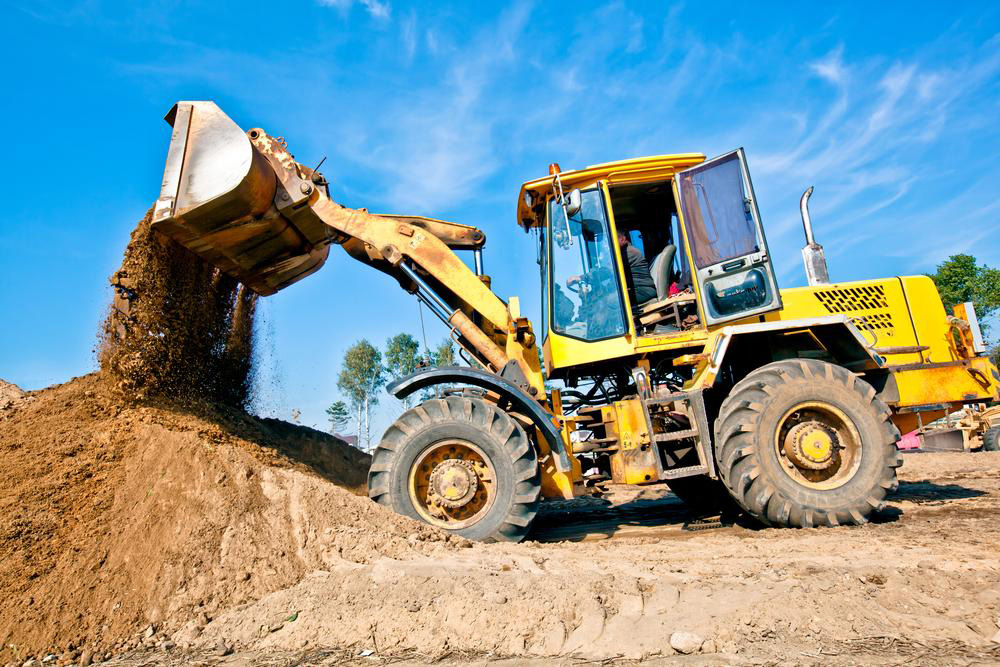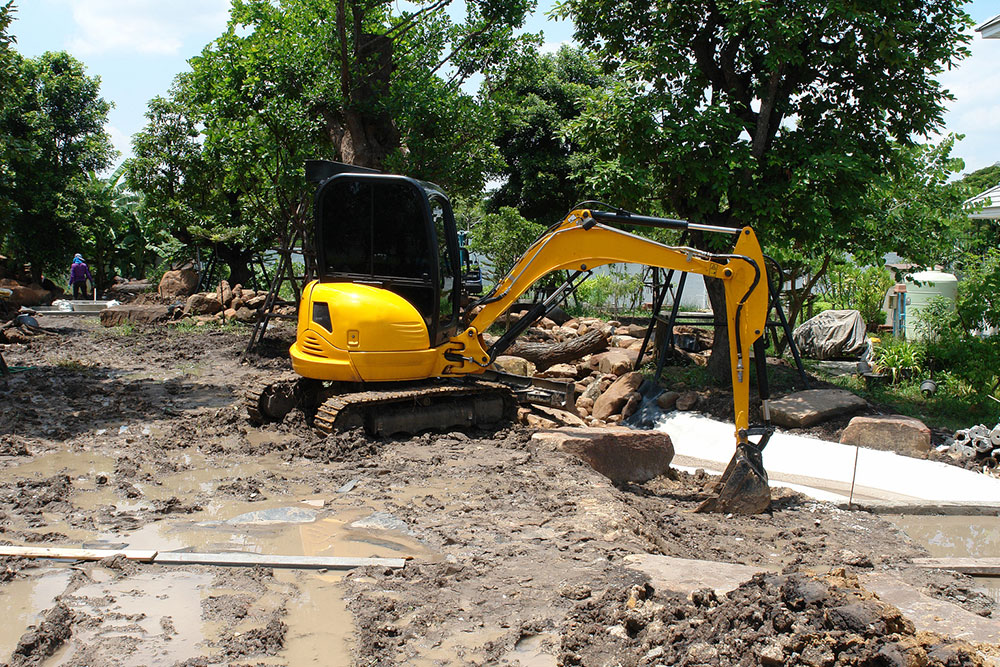Choosing Between Side and End Dump Trailers: A Complete Guide
Learn how to choose between side and end dump trailers by exploring their unique features, applications, and regional preferences. This guide helps you pick the right trailer for construction, mining, and heavy-duty tasks, emphasizing durability, capacity, maneuverability, and safety. Making an informed decision ensures better efficiency and cost savings for your projects.
Sponsored

Selecting the Right Dump Trailer: Side vs. End Dump Options
Deciding on the ideal dump trailer for your needs can be challenging, especially when choosing between a side dump and an end dump model. Both types excel at heavy lifting tasks, making them suitable for various construction and industrial applications. Understanding their unique features and benefits can aid in your decision-making process. Keep reading to explore the key advantages of each trailer type and find the best fit for your projects.
End Dump Trailers: Features and Benefits
Build and Durability:
End dump trailers typically incorporate aluminum, which reduces their overall durability. However, steel variants are also available, offering improved strength and longevity. If durability is your priority, steel end dump trailers are an excellent choice.
Loading Capacity:
The high and reinforced sides of end dump trailers increase their load capacity, making them suitable for transporting larger quantities.
Handling and Maneuverability:
These trailers are advantageous when unloading in confined spaces, thanks to their design flexibility.
Stability:
End dump trailers tend to have a higher risk of tipping over due to less robust stability systems, which may influence insurance costs.
Typical Uses:
These trailers are ideal for construction sites—whether for roadwork, building projects, snow removal, or storing aggregates.
Regional Popularity:
They are more commonly used in Eastern regions.
Side Dump Trailers: Features and Advantages
Durability:
Side dump trailers are known for their durability, capable of withstanding harsh working conditions.
Maneuverability:
Not suited for tight or confined unloading areas, these trailers perform best in open spaces.
Stability:
They provide excellent stability during unloading, reducing safety concerns and insurance premiums, making them cost-effective.
Load Capacity:
Their cubic capacity is generally smaller, but they support multi-trailer setups for increased productivity.
Common Use Cases:
Side dump trailers are frequently employed in levee construction, mining operations, excavation projects, and during road development. They are especially effective for hauling boulders and riprap, though made mostly from aluminum, which may dent with heavy impacts.
Regional Use:
They are more prevalent in Western and Great Midwest areas.






